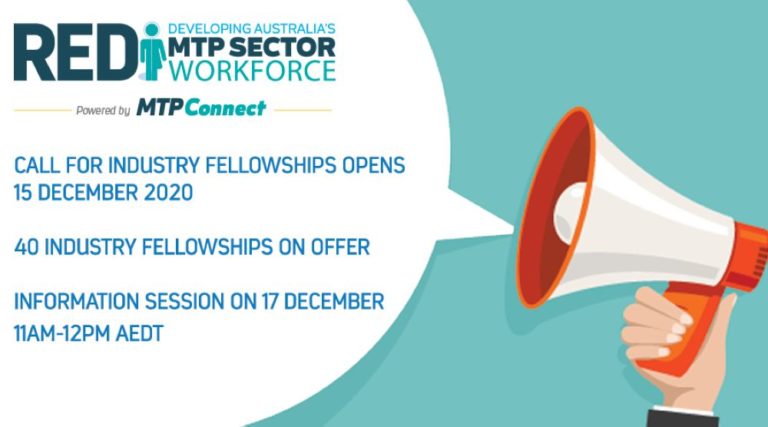[vc_row][vc_column][vc_column_text]As the local Managing Director of a large global healthcare company I have no greater responsibility than to ensure that every patient we serve can live a healthier life.
But I am equally committed to running a successful company because if the business fails we ultimately fail our patients.
So, it was reaffirming to see the most recent Gender Equality at Work [i]report found a common denominator that set apart the high performing companies from the pack that were listed on the Australian Stock Exchange.
The common denominator was women in their leadership. Each business had either a female chair, CEO or CFO or a combination of the three.
It resonated with me because I have always believed that when it comes to advancing women in work, this is not just a fairness equation, it’s fundamentally a business equation.
Advancing women advances our business and allows us to unleash our full potential to not only compete in the healthcare industry of tomorrow, but to help people around the world to live longer, healthier lives today.
It is therefore quite apt that International Women’s Day in 2019 is all about #BalanceforBetter.
Around half the population are women who are equally in need of the best healthcare that technology can provide. So shouldn’t the people creating and delivering these medical technologies also reflect this gender diversity?
Afterall, a balanced, diverse workforce that mirrors a company’s customer base is more likely to be able to meet customer needs and new market opportunities, thus improving both financial and nonfinancial performance.
As leaders we must take responsibility to make it a reality and be intentional in our endeavours to do so.
I am proud that for more than 130 years, my company has been championing women and empowering them to succeed in the workplace and beyond. It’s helped me to achieve a wonderful career with many opportunities to now.
When Johnson & Johnson first opened its doors in 1886, eight of our first 14 employees were women. Today, our Australia and New Zealand workforce is more than 60 per cent female.
In 1908, Johnson & Johnson hired its first female scientist. Today, we are committed to ensure that half of all our STEM2D positions are filled by women.
This is a journey that Johnson & Johnson is on but I am proud of that history and the change we are seeing, not only at J&J but across the industry.
Here in Australia, for example, the members of the MTAA, that include Johnson & Johnson, began the Women in MedTech (WiMT) committee to lead the debate, proactively encourage gender diversity within the industry and support women to unlock their full potential.
It’s interesting to know that at Johnson & Johnson, a group of our female employees launched the Laurel Club back in 1907 to help foster professional development, wellness and community service among women. A group well ahead of its time.
Today, I am the Asia-Pac lead of our modern equivalent called Women’s Leadership & Inclusion (WLI) that has 186 chapters supported by our women and men all around the world.
On international women’s day, the new WLI strategy was launched that I hope will drive change that actively prepares our female workforce to be the leaders of tomorrow and tomorrow.
Its purpose is to foster an inclusive organisational environment that champions the advancement of women with a vision to achieve gender equality across our business globally, to enhance our competitive advantage and fuel the future of human health.
To achieve this we have programs for mentorship and sponsorship, fathers with daughters support so they can be role models and active champions of their child’s passions and dreams, and we are partnering with Universities through programs to engage the women in STEM2D workers of the future.
As an organisation, we represent the market in which we work and operate, in relation to age, gender, race, religion, sexual preference, disability and nationality and we must actively seek inclusion and input from all.
If we all were to do this as leaders then I believe it will deliver more robust dialogue, smarter decisions and ultimately, improved business performance in the short and long term.[/vc_column_text][vc_zigzag][vc_row_inner][vc_column_inner width=”2/3″][vc_column_text]
ABOUT THE AUTHOR
Sue Martin is the Managing Director of Johnson & Johnson Medical devices Companies ANZ and is a Board Member of the MTAA.[/vc_column_text][/vc_column_inner][vc_column_inner width=”1/3″][/vc_column_inner][/vc_row_inner][/vc_column][/vc_row][vc_row][vc_column][vc_column_text]
[i] Liveris, C, “Gender Equality at Work 2018: Opportunity, with Qualifications”, March 2018 (Based on ASX market data sourced in January 2018).
[/vc_column_text][/vc_column][/vc_row]




